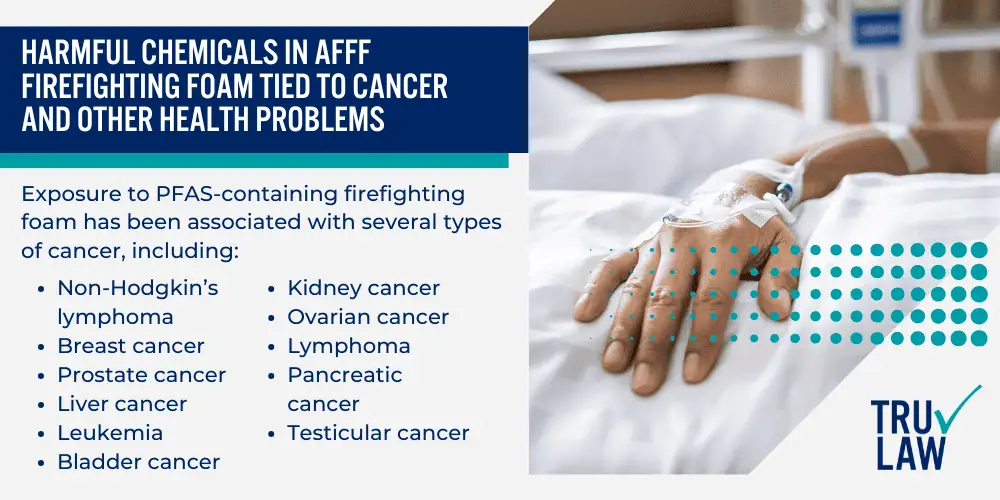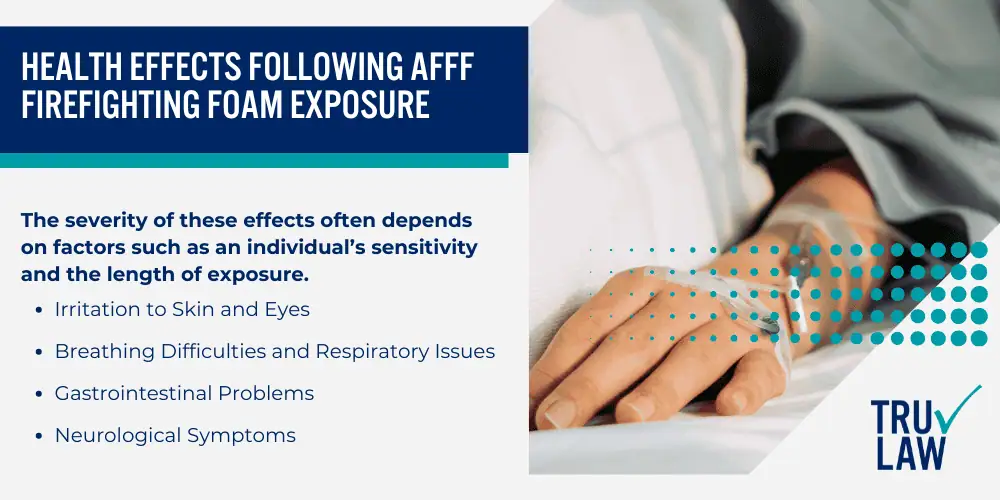Aqueous film-forming foam (AFFF) is commonly used to combat flammable liquid fires.
Unfortunately, many of these foams contain toxic chemicals known as perfluoroalkyl and polyfluoroalkyl substances (PFAS).
These chemicals are highly resistant to heat, oil, and water, which makes them effective in firefighting, but they have also raised influential concerns due to their persistence in the environment and potential health risks.
PFAS, often called “forever chemicals,” have been shown to contaminate air, water, soil, and even food sources.
The Environmental Protection Agency (EPA) has identified serious potential health risks from exposure to these substances.
Studies have found traces of PFAS chemicals in the bloodstream of both humans and animals, which raises further alarms about their widespread impact.
The Centers for Disease Control and Prevention (CDC) has reported that exposure to PFAS has been linked to several health problems, including liver damage, thyroid disease, reproductive issues, and weakened immune system function.
PFAS can enter the body through ingestion, inhalation, or skin contact, increasing the risk of serious health consequences.
The Agency for Toxic Substances and Disease Registry (ATSDR) echoes these concerns, citing animal studies that reveal PFAS can cause liver and immune system damage, birth defects, and developmental delays.
These studies also indicate that animals exposed to PFAS may experience more severe health effects than humans, including neonatal deaths.


Exposure to PFAS-containing firefighting foam has been associated with several types of cancer, including:
- Non-Hodgkin’s lymphoma
- Breast cancer
- Prostate cancer
- Liver cancer
- Leukemia
- Bladder cancer
- Kidney cancer
- Ovarian cancer
- Lymphoma
- Pancreatic cancer
- Testicular cancer
Research has shown that high levels of PFAS exposure may lead to the following health concerns:
- Elevated cholesterol levels
- Altered liver enzyme function
- Increased risk of pre-eclampsia in pregnant women
- Slightly reduced birth weights in infants
- Lower vaccine responses in children
While there is still much to learn about the full range of PFAS-related health effects, scientific studies continue to explore the potential risks posed by these chemicals.
Many health, environmental, and governmental organizations are investigating these risks to better understand how to manage and regulate PFAS exposure.
Further actions are being taken, including initiatives by the National Firefighter Registry (NFR), which was established in 2018 by the National Institute for Occupational Safety and Health (NIOSH).
The registry aims to study the link between firefighters exposed to AFFF and the development of cancer, which will help us understand the true extent of these long-term health impacts.







